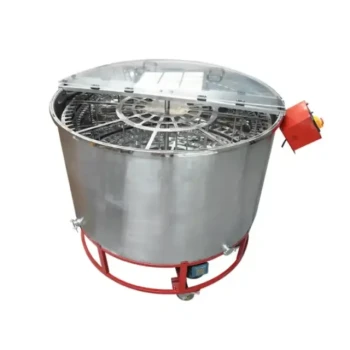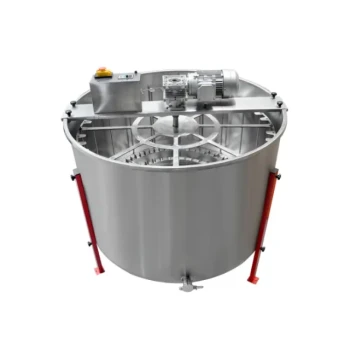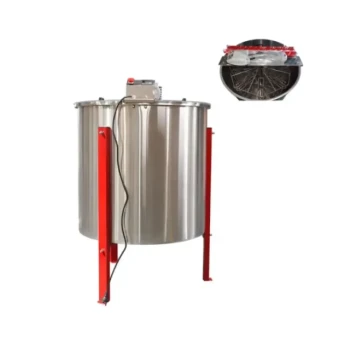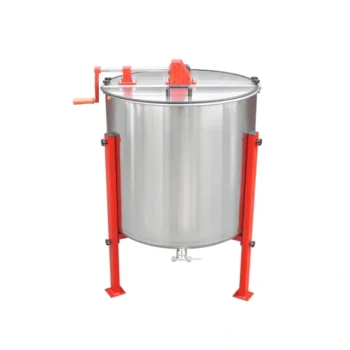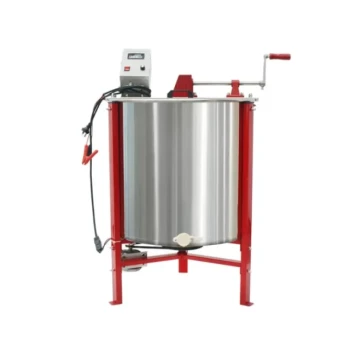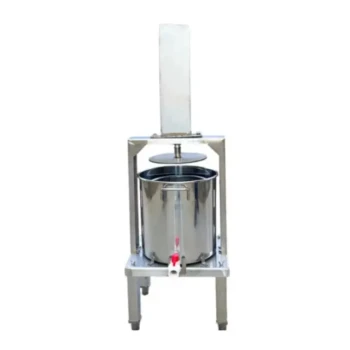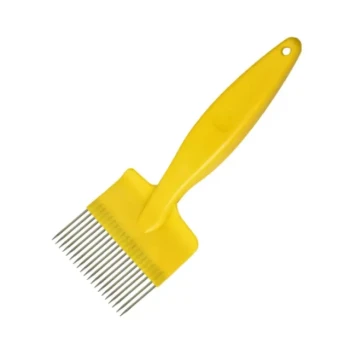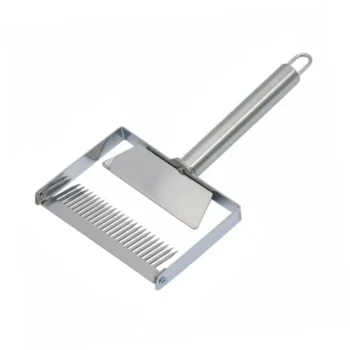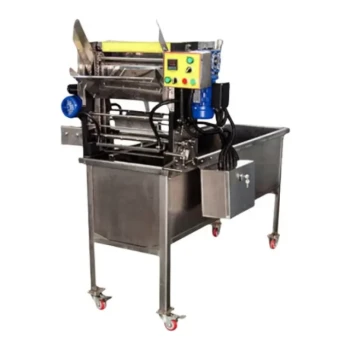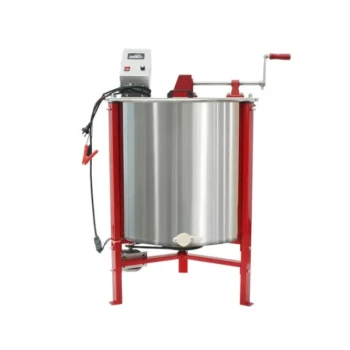In beekeeping, timing is everything. The term "honey flow" refers to the specific period when major nectar-producing plants are in bloom and the weather is ideal for foraging. During this time, bee colonies work at maximum capacity to collect a surplus of nectar, which they then convert into the honey that can be harvested.
A honey flow is more than just a season; it's the precise intersection of abundant floral resources and favorable weather that triggers a colony's peak honey production. Understanding this window is the key to successful hive management and a bountiful harvest.
What Defines a Honey Flow?
A true honey flow is the result of several critical factors aligning perfectly. It represents the peak income-generating period for a bee colony.
The Role of Nectar Sources
A honey flow is fueled by one or more major nectar sources blooming in abundance. These are not just any flowers, but prolific, high-yield plants like clover, alfalfa, basswood, or tupelo, depending on the region.
A small patch of wildflowers will not create a flow; it requires vast fields or forests of the same plant blooming simultaneously to provide enough nectar for a surplus.
The Importance of Favorable Weather
The right weather is non-negotiable. Bees require warm temperatures (typically above 55°F or 12°C), low wind, and no rain to fly and forage efficiently.
Longer daylight hours, such as those in higher latitudes during summer, can also extend the bees' working day and significantly contribute to a larger honey crop.
The Behavior of the Colony
During a flow, the entire colony shifts its focus to nectar collection. You will observe a dramatic increase in flight activity at the hive entrance, creating a distinct "beeline" of foragers. Inside the hive, the bees work furiously to process the incoming nectar, ripen it into honey, and build new wax comb to store it.
Recognizing the Signs of a Honey Flow
Experienced beekeepers learn to spot the telltale signs that a honey flow has begun, allowing them to manage their hives accordingly.
Intense Flight Activity
The most obvious sign is a massive increase in the number of bees flying to and from the hive. The entrance will be extremely busy from sunup to sundown.
Rapid Comb Building
When you open the hive, you will see fresh, white wax being built. Bees will be "drawing out" foundation into new comb or adding white cappings to the tops of frames filled with honey.
The "Nectar Shake"
A classic test is to pull a frame from an upper box and give it a firm shake over the open hive. If fresh, watery nectar rains down, you are in the middle of a strong honey flow.
Understanding the Trade-offs: Managing the Flow
A honey flow presents a massive opportunity, but it also creates challenges that require active management to prevent problems.
The Critical Need for Space
The single most important job for a beekeeper during a honey flow is to provide adequate space. As bees bring in enormous amounts of nectar, they need empty comb to store it.
If the hive becomes "honey bound" (i.e., runs out of storage space), the queen will run out of room to lay eggs. This slows colony growth and, more urgently, can trigger the colony to swarm.
The Imminent Risk of Swarming
A strong nectar flow combined with a lack of space is a primary trigger for swarming. Adding honey boxes, known as supers, just before or at the very beginning of the flow gives the colony the room it needs to expand and store honey, reducing the impulse to divide.
Knowing When the Flow Ends
All honey flows come to an end, sometimes abruptly. This subsequent period of low nectar availability is known as a dearth. It is crucial to ensure you do not harvest too much honey, leaving the bees with insufficient stores to survive the coming dearth or winter.
Making the Right Choice for Your Apiary
Your management strategy during a honey flow depends entirely on your goals for the colony.
- If your primary focus is maximizing honey harvest: Add honey supers proactively, even ahead of the flow, to ensure the bees never run out of storage space.
- If your primary focus is colony health and population growth: Ensure there is always open comb in the brood boxes for the queen to lay, even if it means sacrificing some honey storage in the short term.
- If your primary focus is sustainable beekeeping: Be conservative with your harvest, always leaving at least one full honey super for the bees after the main flow ends.
Ultimately, successfully navigating a honey flow is about partnering with your bees, providing them with what they need to capitalize on nature's brief window of abundance.
Summary Table:
| Key Aspect | Description |
|---|---|
| Definition | A period of abundant nectar & ideal weather for peak honey production. |
| Main Trigger | Major nectar sources (e.g., clover, alfalfa) blooming in abundance. |
| Key Signs | Intense flight activity, rapid comb building, presence of fresh nectar. |
| Critical Action | Provide ample space (add honey supers) to prevent swarming and maximize storage. |
| Primary Risk | Colony swarming if the hive becomes honey-bound (runs out of space). |
Is your apiary ready for the next honey flow?
Successful honey flows depend on having the right equipment at the right time. As a trusted wholesale supplier to commercial apiaries and distributors, HONESTBEE provides the durable, high-volume beekeeping supplies you need to manage peak season effectively—from honey supers and frames to essential hive tools.
Ensure your operation is prepared to capitalize on nature's abundance. Contact our team today to discuss your wholesale needs and secure your equipment.
Related Products
- HONESTBEE 72 Frame Industrial Electric Honey Extractor for Beekeeping
- electric honey extractor honey centrifuge 3 frame honey extractor stainless steel honey frame extractor
- HONESTBEE 3-Frame Manual Acrylic Honey Extractor
- 2 Frame Stainless Steel Manual Honey Spinner Extractor for Beekeeping
- 40 Frame Commercial Electric Honey Extractor for Beekeeping
People Also Ask
- What are the two common types of honey extractors? Choose the Right Extractor for Your Apiary
- What are some tips for efficient electric honey extraction? Optimize Your Workflow for Maximum Yield
- What are the recommended extractor sizes based on the number of hives? A Guide for Every Apiary Scale
- What are the main types of honey extractor machines? A Guide for Beekeepers
- How do automatic honey extractors function? Achieve High-Efficiency Honey Harvesting
